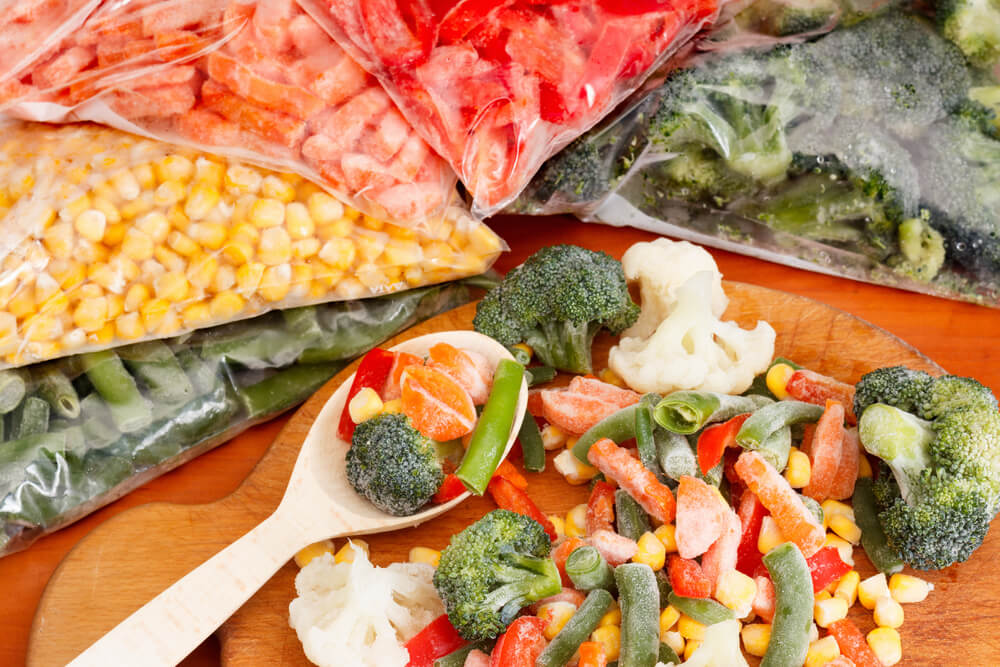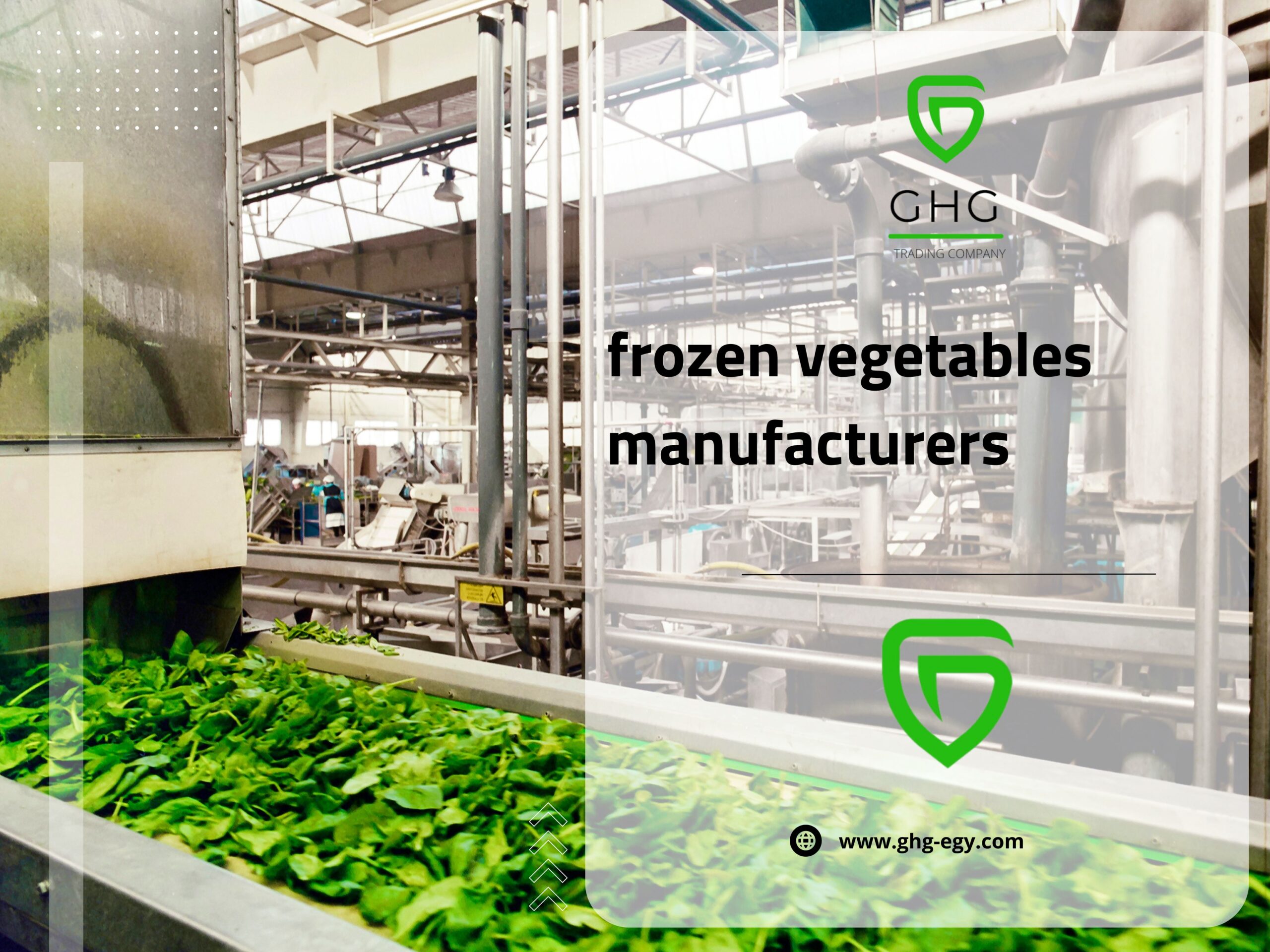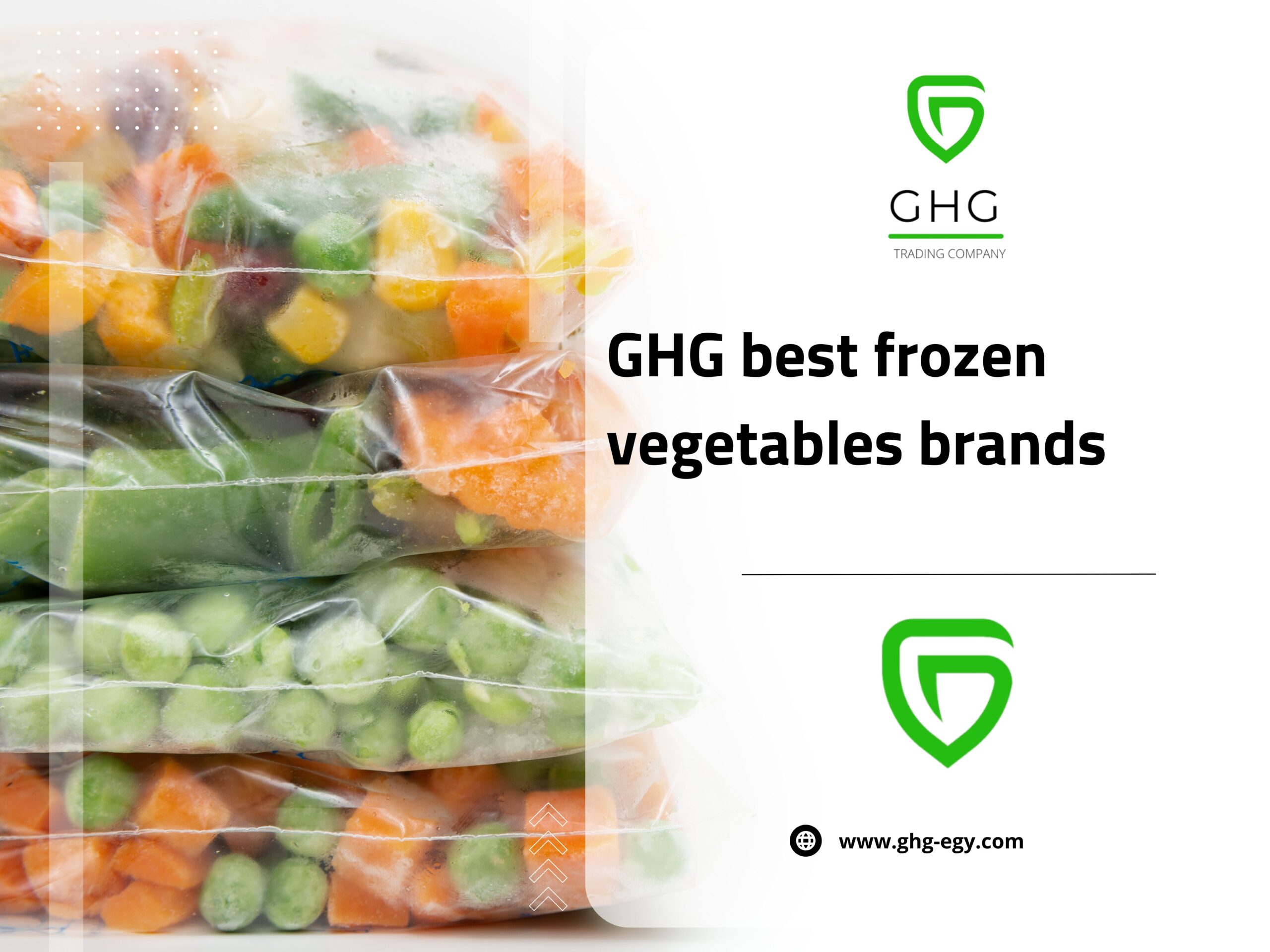In the realm of modern food production ffrozen vegetables manufacturers play a pivotal role in providing convenient, nutritious, and high-quality frozen produce to consumers worldwide. This comprehensive guide delves into the intricate world of frozen vegetable manufacturing, highlighting key aspects such as production processes, quality standards, market trends, and consumer preferences. Whether you’re a consumer curious about where your frozen vegetables come from or a business looking to partner with reliable suppliers, this guide aims to provide valuable insights into this dynamic industry.
Why Choose Frozen Vegetables Manufacturers?
Frozen vegetables manufacturers offer a sustainable solution to preserving seasonal produce’s freshness and nutritional value year-round. By flash- freezing vegetables at peak ripeness, manufacturers lock in essential vitamins, minerals, and antioxidants, ensuring that consumers receive products with minimal nutrient loss. This method also extends shelf life without the need for preservatives, making frozen vegetables a convenient and healthy choice for households and food service establishments alike.
The Proc ess of Frozen Vegetables Manufacturing
Frozen vegetable manufacturing begins with sourcing fresh, high-quality produce directly from farms or through trusted suppliers. The vegetables undergo rigorous cleaning, sorting, and trimming to remove any imperfections and ensure uniformity in size and shape. Next, the vegetables are blanched briefly in hot water or steam to halt enzymatic activity, preserving color, texture, and nutritional content. After blanching, the vegetables are quickly cooled and individually quickly frozen (IQF) to prevent clumping and maintain their natural texture and flavor.
Sourcing Fresh Produce: Ensuring Quality from Farm to Freezer
Sourcing fresh produce is the first step in frozen vegetables manufacturing, with manufacturers prioritizing partnerships with farmers committed to sustainable agricultural practices. By sourcing locally when possible, manufacturers reduce carbon footprint and support local economies while ensuring a steady supply of premium-quality vegetables for processing.

Blanching Process: Preserving Color and Nutrients
Blanching is a critical step in frozen vegetables manufacturing, involving brief exposure to hot water or steam to deactivate enzymes that can cause deterioration. This process preserves the vegetables’ vibrant color, texture, and nutritional integrity, ensuring that consumers enjoy vegetables that are as close to fresh-picked as possible.
Quality Assurance in Frozen Vegetables Manufacturing
Quality assurance is paramount in frozen vegetables manufacturing, with manufacturers adhering to stringent food safety regulations and certifications such as ISO 22000 and HACCP. These certifications ensure that production facilities maintain hygienic conditions, traceability of ingredients, and comprehensive quality control measures throughout the manufacturing process. By prioritizing quality assurance, manufacturers uphold consumer trust and confidence in their products.
Food Safety Standards: Ensuring Consumer Protection
Adherence to food safety standards is non-negotiable for frozen vegetables manufacturers, who implement robust hygiene practices, regular facility inspections, and stringent quality control checks. These measures minimize the risk of contamination and ensure that products meet regulatory requirements for safety and quality.
Certifications: Demonstrating Commitment to Excellence
Certifications such as ISO 22000 (Food Safety Management Systems) and HACCP (Hazard Analysis Critical Control Point) validate a manufacturer’s commitment to food safety and quality. These certifications are recognized globally and assure consumers that products have been produced under strict guidelines to meet the highest standards of safety and integrity.
Market Trends and Consumer Preferences
The frozen vegetables market is influenced by evolving consumer preferences and trends towards healthy eating, convenience, and sustainability. Manufacturers are responding by introducing innovative products such as organic and non-GMO options, single-serve portions, and vegetable blends tailored to culinary trends and dietary preferences.
Consumer Demand for Convenience: Driving Innovation in Product Development
Consumer demand for convenience is a driving force behind product innovation in frozen vegetables manufacturing. Manufacturers are introducing ready-to-cook and microwaveable options that cater to busy lifestyles while maintaining nutritional value and flavor. These convenient offerings appeal to consumers seeking quick and easy meal solutions without compromising on quality.
Sustainable Practices: Supporting Environmental Responsibility
Sustainability is increasingly important in the frozen vegetables industry, with manufacturers adopting eco-friendly practices such as water and energy conservation, waste reduction, and responsible packaging solutions. By prioritizing sustainability throughout the supply chain, manufacturers minimize environmental impact and appeal to environmentally conscious consumers.
Applying the AIDA Copywriting Formula
The AIDA (Attention, Interest, Desire, Action) copywriting formula serves as a strategic framework for engaging with target audiences and driving conversions in the competitive frozen vegetables market. By capturing attention, generating interest, stimulating desire, and prompting action, manufacturers can effectively communicate their value proposition and differentiate themselves from competitors.
Attention: Compelling Headlines and Introductions
Captivating headlines such as “Discover Premium Quality Frozen Vegetables from Trusted Manufacturers” can capture readers’ attention and intrigue them to learn more about the benefits and advantages of choosing frozen vegetables from reputable suppliers.
Interest: Engaging Content and Unique Selling Points
Engaging content should highlight unique selling points such as superior quality, sustainable practices, and innovative product offerings that set manufacturers apart in the marketplace. Detailed descriptions of production processes, quality assurance standards, and market trends can captivate readers’ interest and demonstrate expertise and credibility.
Desire: Creating a Desire for Quality and Reliability
Stimulating desire involves emphasizing the benefits of choosing frozen vegetables from reliable manufacturers, such as freshness, nutritional value, and convenience. Testimonials, case studies, and product reviews can build trust and credibility, prompting readers to envision the benefits of incorporating these products into their daily lives.

Action: Prompting Readers to Take Action
The final stage of the AIDA formula is prompting action. Clear calls-to-action (CTAs) such as “Explore Our Range of Premium Frozen Vegetables Today” or “Contact Us for Customized Ordering Solutions” encourage readers to take the next step towards purchasing and partnering with manufacturers. Strategic placement of CTAs enhances engagement and facilitates conversion opportunities.
Frequently Asked Questions (FAQs) about Frozen Vegetables Manufacturers
How are frozen vegetables different from fresh vegetables?
Frozen vegetables are processed shortly after harvesting, typically within hours, to preserve their nutritional content and freshness. This quick freezing process locks in vitamins, minerals, and antioxidants, whereas fresh vegetables may lose some nutrients over time during transport and storage.
What are the advantages of choosing frozen vegetables over fresh?
Frozen vegetables offer several advantages, including year-round availability, extended shelf life, and convenience. They are pre-washed, pre-cut, and ready to use, saving time in meal preparation. Additionally, frozen vegetables reduce food waste by allowing consumers to use only the amount needed, minimizing spoilage.
Are frozen vegetables as nutritious as fresh vegetables?
Yes, frozen vegetables are nutritionally comparable to fresh vegetables, if not more so. The quick freezing process preserves vitamins, minerals, and antioxidants, whereas fresh vegetables may lose some nutrients over time. Manufacturers ensure that frozen vegetables maintain high nutritional standards through quality control measures and adherence to food safety regulations.
How should frozen vegetables be stored to maintain quality?
Store frozen vegetables in the freezer at or below 0°F (-18°C) to maintain their quality and nutritional value. Proper storage prevents freezer burn and ensures that vegetables retain their texture and flavor until ready to use. Use resealable bags or containers to keep out moisture and air, which can affect product quality.
Where can I find high-quality frozen vegetables manufacturers?
High-quality frozen vegetables manufacturers can be found through reputable grocery stores, supermarkets, and online retailers specializing in frozen foods. Look for manufacturers that prioritize quality assurance, sustainability, and transparency in their production practices.
In conclusion, frozen vegetables manufacturers play a vital role in meeting consumer demand for convenient, nutritious, and sustainably sourced food products. By leveraging advanced production techniques, stringent quality assurance standards, and responsiveness to market trends, manufacturers can maintain a competitive edge in the dynamic frozen vegetables industry.
This guide has provided valuable insights into the production processes, quality standards, market dynamics, and consumer preferences that define successful frozen vegetables manufacturers. As consumer awareness of health and sustainability grows, manufacturers are poised to innovate and expand their offerings to meet evolving market demands and ensure a sustainable future for the industry.



